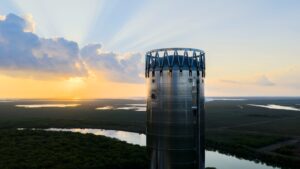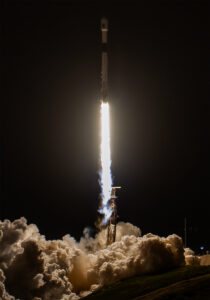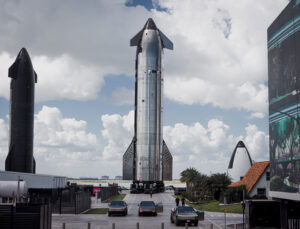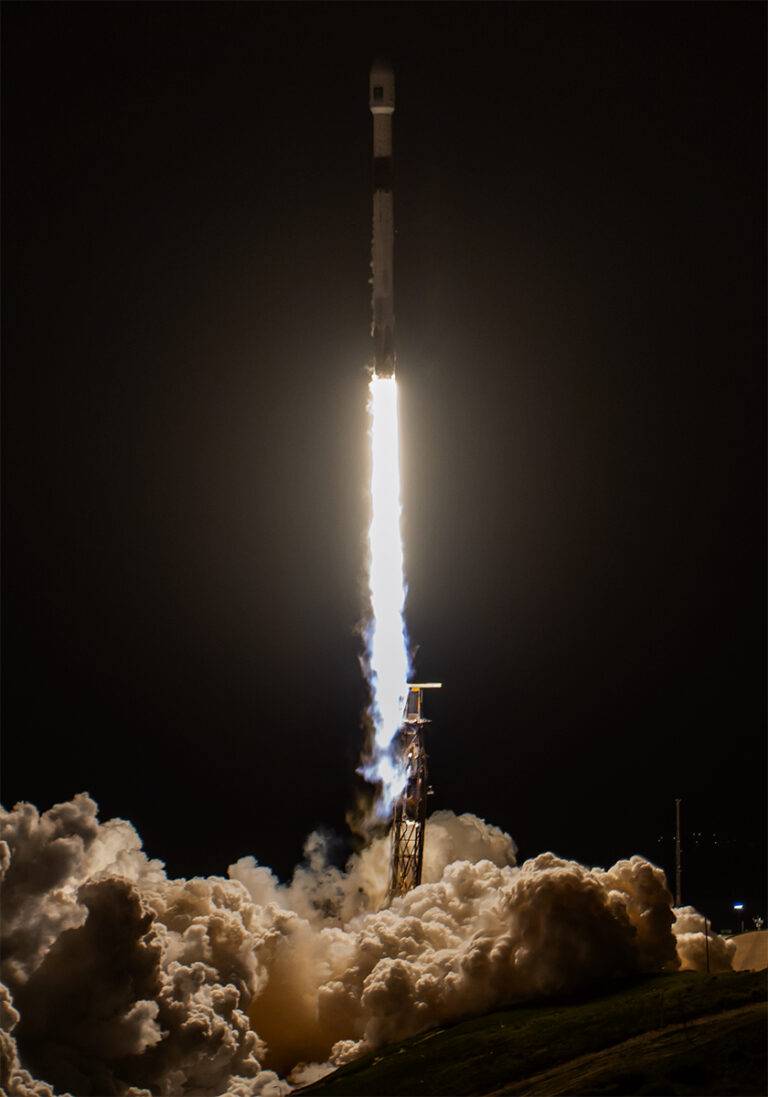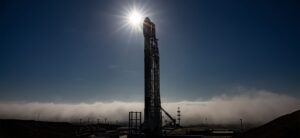Can SpaceX’s next-generation rocket finally beat the weather and launch as planned?
SpaceX’s much-anticipated Starship megarocket test flight, dubbed Flight 10, faced another setback on Monday, August 25, marking its second consecutive delay. While Sunday’s issue involved a technical glitch, Monday’s attempt was grounded by anvil clouds, which presented an unacceptable risk of lightning near the Starbase launch site in South Texas.
This mission represents a critical step in Elon Musk’s larger vision for space exploration, but not even the most advanced rocket system can ignore the forces of nature.
“Launch called off for tonight due to anvil clouds over launch site (lightning risk),” tweeted SpaceX CEO Elon Musk, who was present during the countdown.
🚀 Why SpaceX’s Giant Rocket Matters
This massive, next-gen launch vehicle is more than just a test model—it’s a pivotal component of future missions to the Moon, Mars, and even deeper space. Designed for full reusability and extreme payload capacity, it’s expected to revolutionize orbital and interplanetary missions.
Key Highlights:
- 🚀 Capable of carrying over 100 tons of cargo to low-Earth orbit
- 🛰️ Set to support NASA’s Artemis program for lunar exploration
- 🌍 Long-term vision includes human colonization of Mars
- 💸 Aims to reduce the cost of accessing space dramatically
⛈️ What Caused the Launch Delays?
Sunday, August 24 – Technical Issue
- Launch window: 7:30 p.m. EDT
- Countdown halted due to ground systems malfunction
- Musk confirmed it was minor, but enough to delay the launch
Monday, August 25 – Hazardous Cloud Conditions
- Attempted during same window
- Launch scrubbed due to thunderstorm cloud formations
- Specifically: Anvil clouds, known to trigger lightning near tall structures
These dense, towering clouds pose a serious safety threat. NASA and other agencies have strict rules against launching during such conditions due to past incidents involving lightning strikes on spacecraft.
🧠 What Are Anvil Clouds and Why Are They a Problem?
Anvil clouds—or cumulonimbus incus—are flat-topped storm clouds formed by strong vertical winds. They are:
- ⚡ Highly charged and prone to lightning activity
- 🌪️ Indicators of unstable atmospheric conditions
- 💥 Risky for any launch vehicle due to possible electrical discharge
Even historic missions like Apollo 12 were nearly lost after a launch through lightning-prone skies. SpaceX wisely chose safety over risk.
🌍 Why This Rocket Affects All of Us
The success of this heavy-lift spacecraft isn’t just about headlines—it has real-world impacts on technology, communication, and the economy.
Here’s why this matters:
- 🌐 Expanded access to global internet (via Starlink)
- 🧪 Better and more affordable scientific research in space
- 🌎 Potential for earth observation and climate analysis
- 🚀 Opening the door to commercial spaceflight
As this vehicle becomes operational, costs will drop and space access will grow—transforming industries on and off Earth.
📷 Featured Image
Alt text: Starship megarocket on launch pad at SpaceX Starbase
(Replace with actual image URL when uploading.)
🔍 What’s Next After the Weather Delay?
SpaceX hasn’t yet confirmed a new date for the launch, but based on past rescheduling, another attempt could come within days.
The team is currently assessing:
- 🔁 Updated weather models
- 🧰 Ground system diagnostics
- ✅ Flight safety readiness
For updates, visit SpaceX’s official launch page or follow Elon Musk on X.
💬 What Do You Think?
Is weather playing too big a role in delaying this groundbreaking project? Or is it better to be cautious with high-stakes space hardware?
📣 Drop your thoughts below, share this article with fellow space enthusiasts, and follow us for breaking updates on this ambitious launch system.
🔗 Related Reading
- 👉 Meet the Starship: SpaceX’s Mars-bound Vehicle
- 🌑 NASA’s Artemis Program Goals & Timeline
- ⚡ How Weather Can Cancel Rocket Launches
🧭 Final Thoughts
This is a temporary delay—not a derailment. With every test flight, SpaceX pushes the boundaries of engineering, safety, and ambition. Once the skies clear and systems check out, the countdown will resume—and the dream of reaching new worlds will be one step closer to reality.

